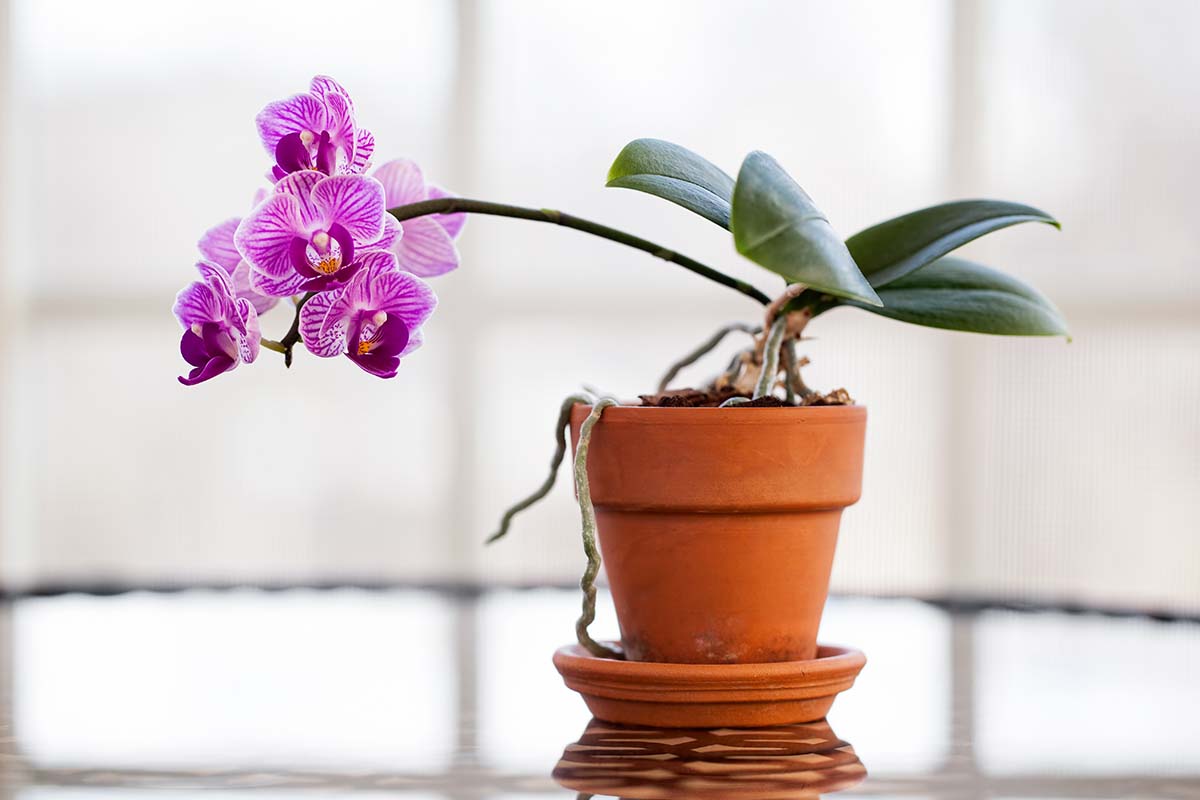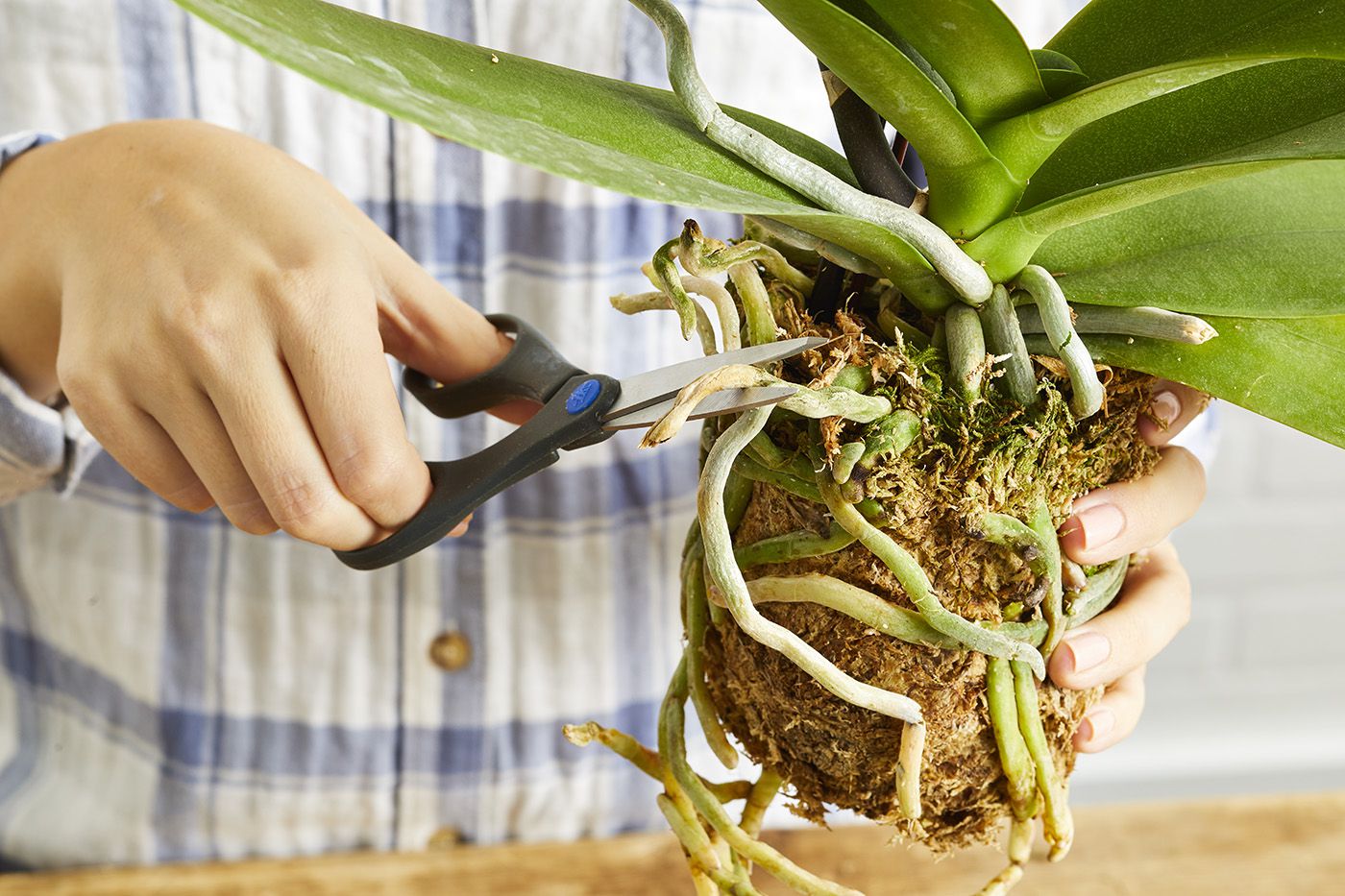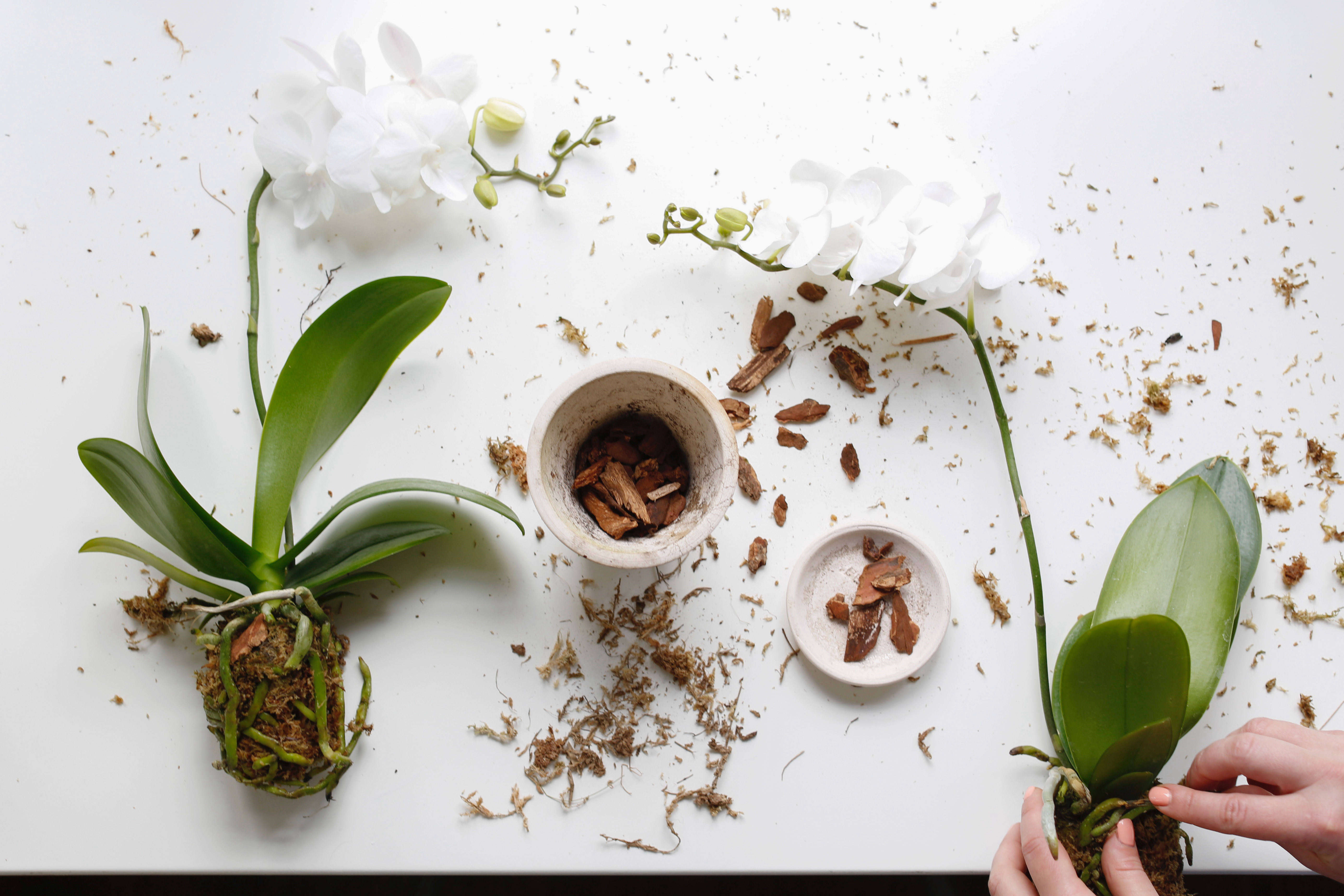Okay, let’s talk about keeping those phalaenopsis orchids happy, specifically what they live in. It’s not really ‘soil’, is it?
I remember my first one. Got it as a gift. Looked great for a while, then started looking… well, sad. Leaves got floppy. I was just watering it like any other houseplant back then. Big mistake.

So, I pulled it out of its pot. The stuff it was packed in? Looked like tightly packed moss, almost like a brick. And it was soaking wet down below, even though the top felt dry. Roots looked pretty rough, some were mushy. Not good.
Figuring Out What to Do
I did some poking around, asked a friend who has a bunch of these. Turns out, these orchids don’t grow in dirt out in the wild. They hang onto trees. Their roots need air, like, a lot of air.
That tight mossy brick? It was suffocating the roots and holding way too much water. So, step one was clear: get rid of that old stuff.
Getting the New Mix Ready
I decided to try a mix myself. Went down to the garden center. They had bags labeled “orchid bark”, mostly fir bark chunks. Seemed like a good start for airflow.
I also grabbed some sphagnum moss, but the long-fibered kind, not the compacted stuff. The idea was to mix it loosely with the bark. Some folks add charcoal bits or perlite, but I decided to keep it simple first time around.
- Grabbed a bag of medium-grade fir bark.
- Got some long-fiber sphagnum moss.
- Decided against charcoal/perlite for now. Keep it simple.
Got home, dumped some bark into a bucket. Took a small handful of the sphagnum moss, soaked it quick in water, squeezed most of the water out, then sort of fluffed it into the bark. Didn’t use a lot of moss, maybe like 80% bark, 20% moss? Just eyeballed it, honestly. Mixed it up loosely with my hands.
The Repotting Mess
This was the messy part. Gently worked the old, compacted moss away from the roots. Had to be careful not to break the good ones. Cut off all the black, mushy, or papery-feeling dead roots with clean scissors. Rinsed the remaining roots gently.

Got a clear plastic pot, the kind with lots of slots or holes on the side and bottom. Airflow, right?
Put a little of my new bark mix in the bottom. Held the orchid in the pot, trying to get the base of the plant roughly level with the rim. Then started adding the bark/moss mix around the roots. Tapped the pot gently to help the mix settle, but didn’t pack it down hard at all. Wanted to leave lots of air pockets.
Filled it up until the roots were covered, but the base of the leaves was sitting just above the mix.
Watching and Waiting
Watered it thoroughly, letting water run through the new open mix and out the bottom. It drained super fast compared to before. That felt right.
Then, the waiting game. Put it back in its usual spot (bright, but no direct sun). I could see the roots through the clear pot, which was cool. They looked green and plump after watering, then slowly turned silvery as the mix dried out over the next week or so. Much easier to tell when to water!
Big difference. Seriously. Over the next few weeks, the floppy leaves firmed up. A few months later? It actually started growing a new flower spike. Couldn’t believe it.
So yeah, that standard potting soil or tightly packed moss is usually bad news for these guys. A chunky, airy mix makes a huge difference. It wasn’t that hard to do, just a bit messy. Totally worth it seeing the orchid bounce back.




















